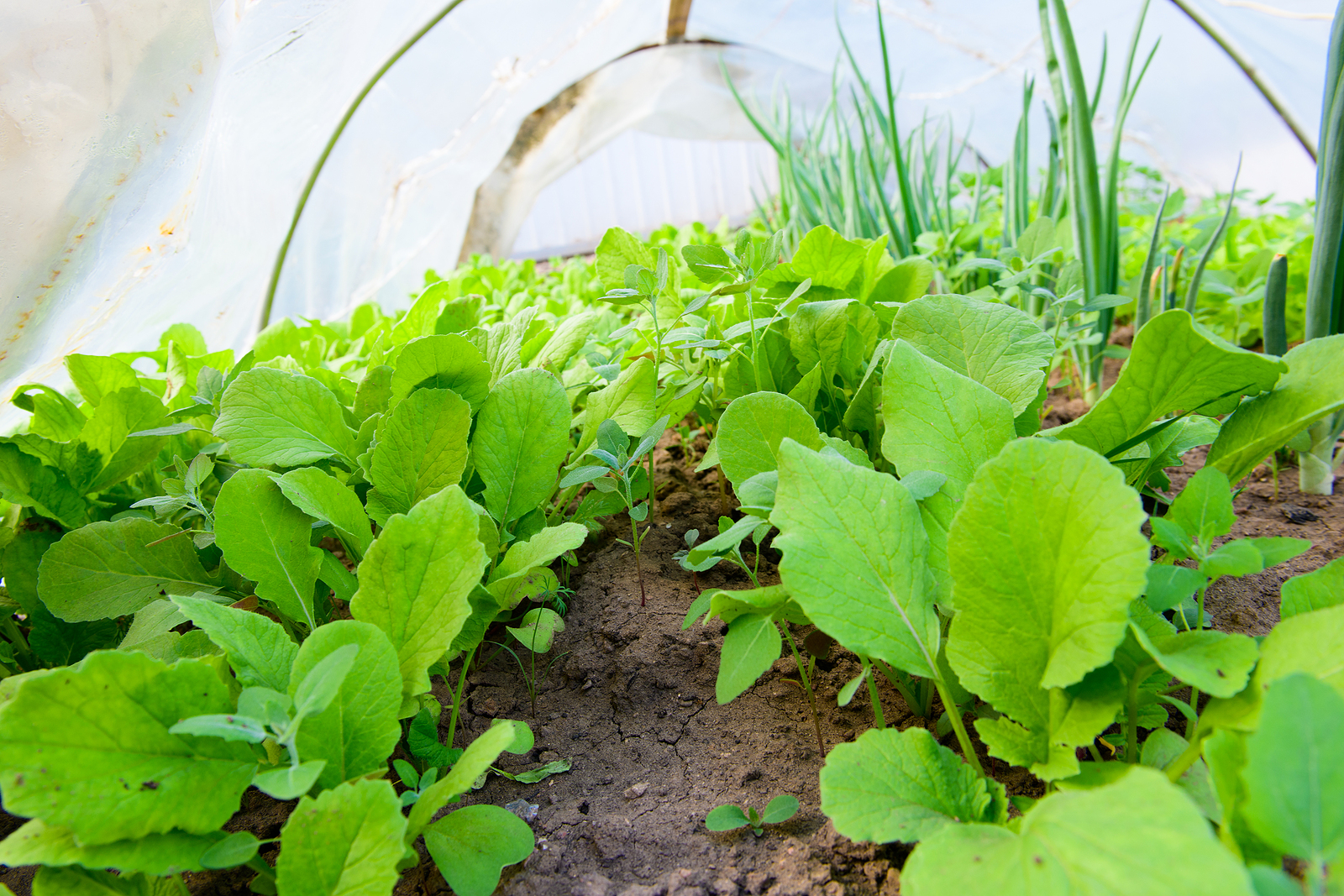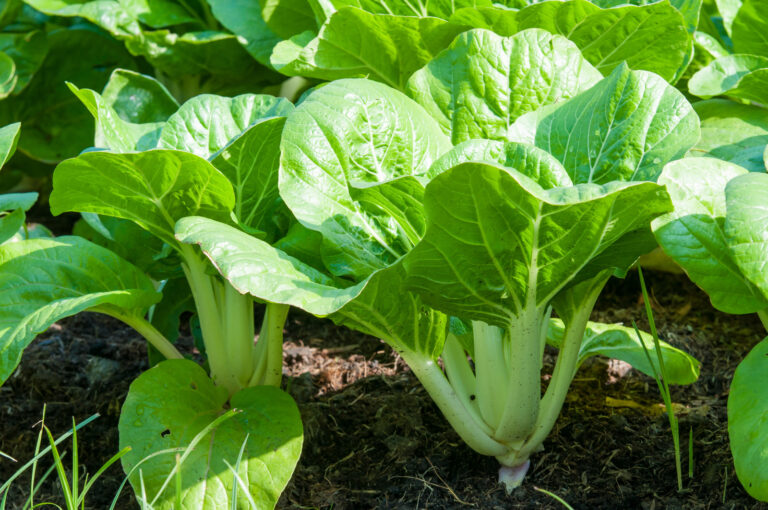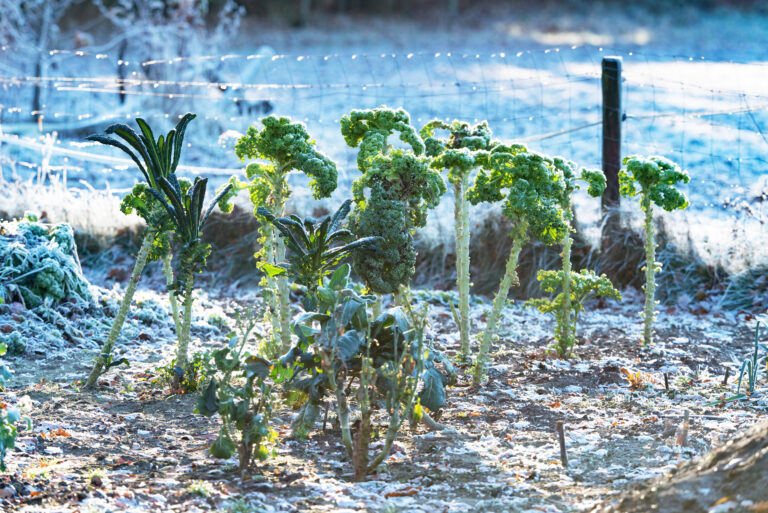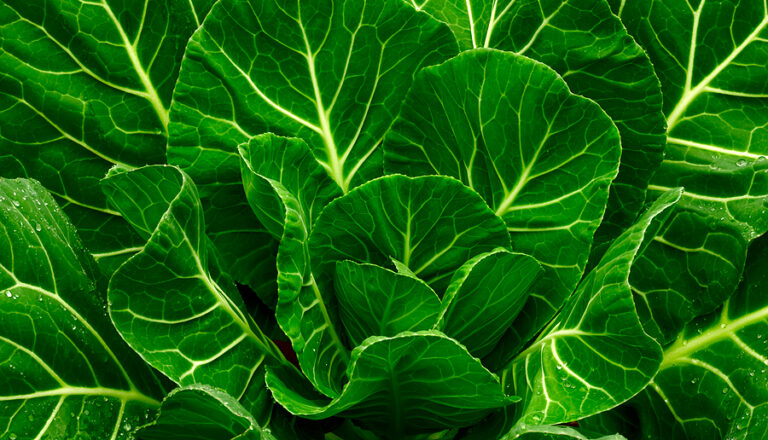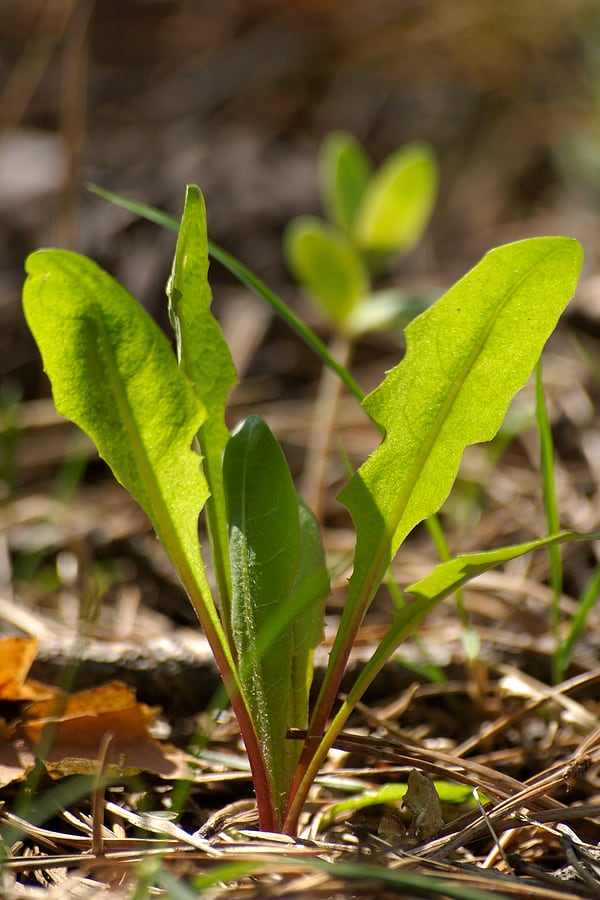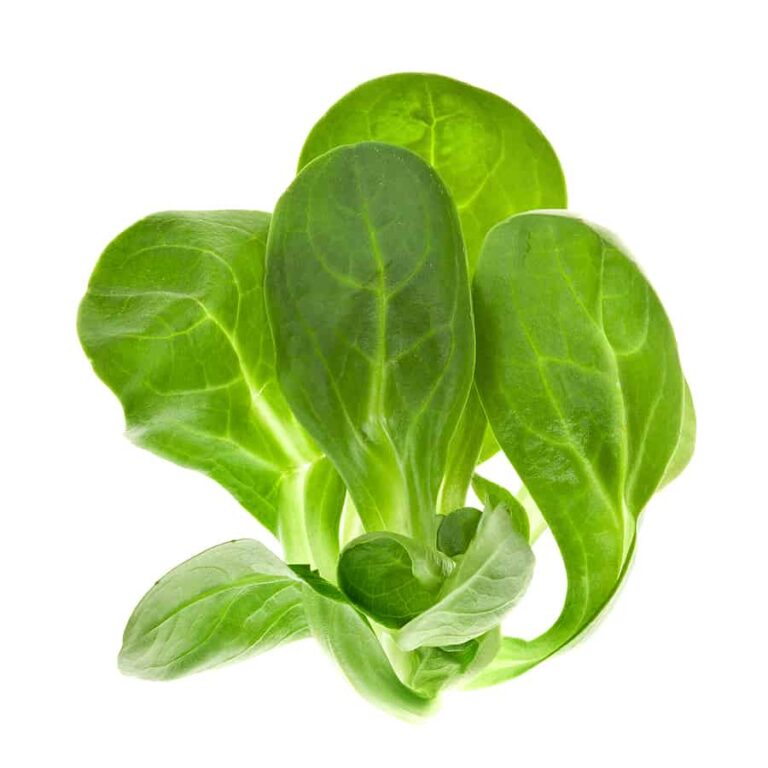How to Grow a Salad Garden of Leafy Greens in Winter
Growing a salad in the winter garden is a rewarding way to enjoy fresh, crisp greens even during the colder months. Choose hardy, cool-weather crops like lettuce, spinach, arugula, and kale, which can withstand light frosts and thrive in lower temperatures. Plant these leafy greens in raised beds, cold frames, or containers filled with rich, well-draining soil, and cover them with row covers or a hoop house to protect against harsh winds and cold snaps. Make sure they receive plenty of sunlight—at least 4 to 6 hours per day—and water consistently to keep the soil moist but not soggy. With proper care, your winter garden can produce a vibrant and flavorful assortment of salad greens that are perfect for harvesting throughout the season.
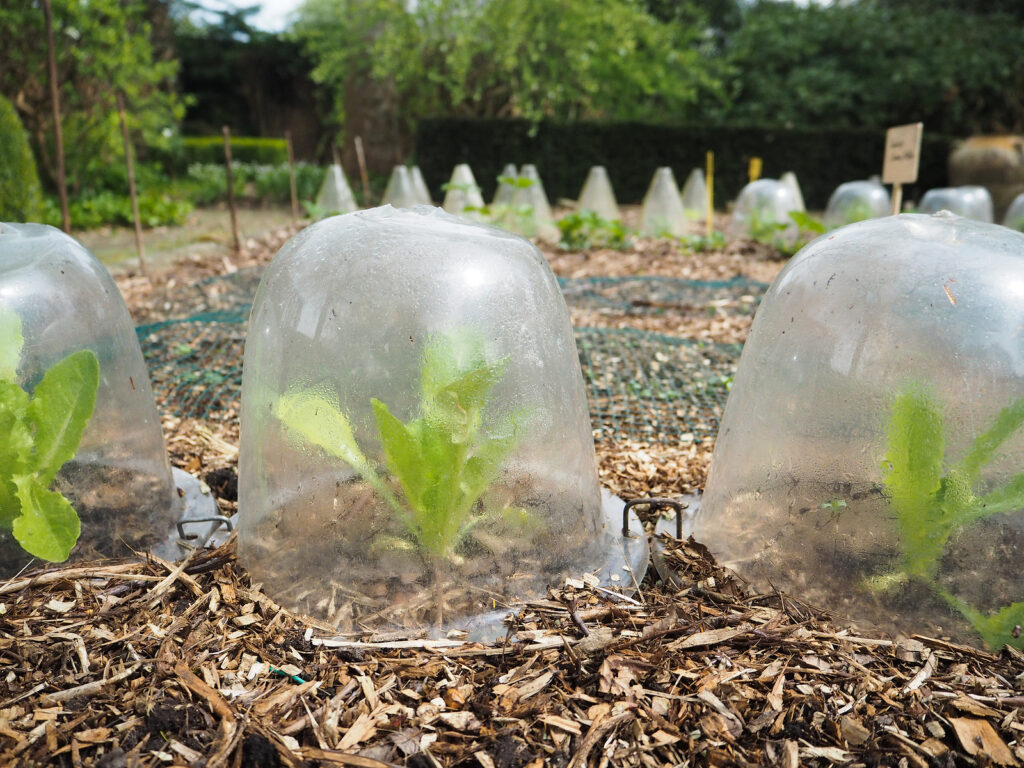
Choosing the Right Crops
The key to a successful winter salad garden is selecting cold-hardy crops that can thrive in cool temperatures. Some of the best choices include:
- Lettuce (Winter Varieties): Choose varieties like ‘Winter Density’ or ‘Merveille des Quatre Saisons,’ which are more tolerant of cold weather. Read more>
- Spinach: Spinach is a classic cold-hardy green that becomes even sweeter when grown in cooler temperatures. Read more>
- Kale: Varieties like ‘Winterbor’ or ‘Red Russian’ are particularly resilient and can handle frosty conditions. Read more>
- Arugula: This spicy green grows quickly and can tolerate light frosts, adding a peppery kick to your winter salads. Read more>
- Claytonia (Miner’s Lettuce): This leafy green is exceptionally cold-tolerant and continues to grow well into winter. Read more>
- Mâche (Corn Salad): Another cold-hardy crop, mâche can survive in low temperatures and is perfect for winter growing. Read more>
- Asian Greens (such as Tatsoi and Mizuna): These leafy greens thrive in cool weather and are excellent for adding variety to your salad garden. Read more>
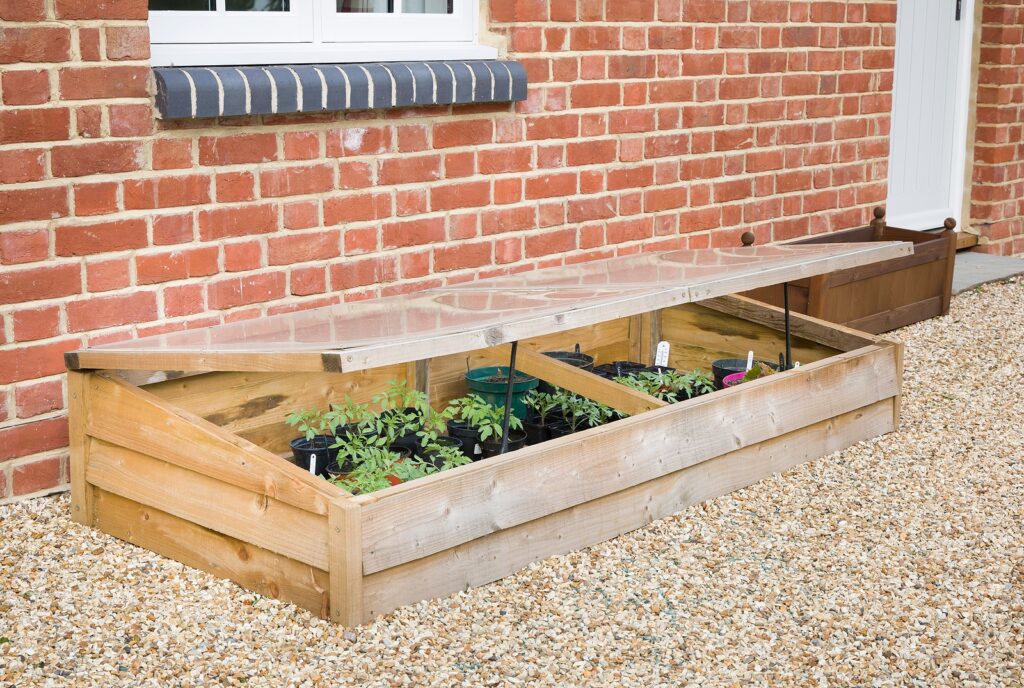
Planting and Protection
To start your winter salad garden, plant your greens in late summer to early fall, giving the seedlings time to establish before the first frost. You can grow your greens in raised beds, containers, or directly in the ground, depending on your garden setup. When winter temperatures start to dip, it’s time to provide some extra protection to help your crops survive the coldest months.
- Cold Frames and Mini Greenhouses: Covering your salad garden with a cold frame or a mini greenhouse creates a microclimate that protects plants from frost and cold winds. These structures trap heat from the sun, keeping the soil and air warmer around the plants. Read more>
- Row Covers or Floating Covers: Lightweight row covers can be placed directly over the plants to insulate them from the cold while still allowing light to reach the leaves. For extra cold protection, use thicker frost blankets or add a second layer. Read more>
- Mulching: Applying a layer of mulch, such as straw or leaves, around the base of your plants helps to insulate the soil and keep the roots warmer. Mulching also helps retain soil moisture, which is crucial for healthy plant growth. Read more>
- Cloche Protection: Individual cloches can be used to cover smaller plants or delicate seedlings. These bell-shaped covers act like mini greenhouses, shielding the plants from frost. Read more>
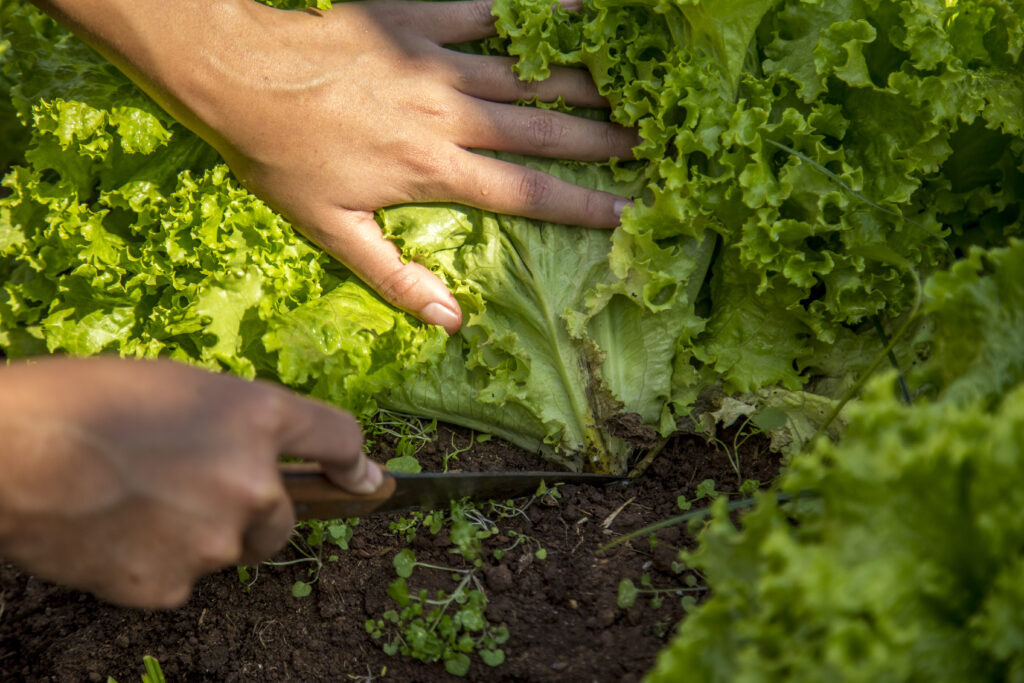
Care and Maintenance
Winter salad gardens need a bit of extra attention, but the rewards are worth it. Here’s how to care for your garden during the cold months:
- Watering: Winter air is typically dry, and even though the plants don’t need as much water as they do in summer, the soil should be kept slightly moist. Avoid overwatering, as excess moisture can freeze and damage the roots.
- Sunlight: Most salad greens require at least 4-6 hours of sunlight daily, even in winter. Position your cold frames, row covers, or garden beds in the sunniest spot available to maximize light exposure.
- Harvesting: Many winter greens, like kale and spinach, will keep growing after you harvest individual leaves. Use the “cut and come again” method, picking outer leaves first and leaving the central growth intact to encourage continuous production.
Additional Tips
- Companion Planting: Growing chives, garlic, or other cold-hardy herbs alongside your winter greens can help deter pests and add flavor to your salads. Read more>
- Staggered Planting: Plant your greens in stages a couple of weeks apart to extend the harvest period and ensure a continuous supply of fresh leaves. Read more>
- Ventilation: On sunny days, open the cold frame or lift the row covers to allow air circulation and prevent the buildup of humidity, which can cause mildew or rot.
By choosing the right crops, providing protection from the cold, and giving your plants the care they need, you can enjoy a thriving salad garden throughout the winter. Fresh, homegrown greens will add a burst of flavor and nutrition to your meals, even when the rest of the garden is on hiatus.
Related articles:
How to Grow a Winter Vegetable Garden
How to Grow a Salad Garden in 10 Steps
How to Grow a Salad Garden of Leafy Greens in Winter

